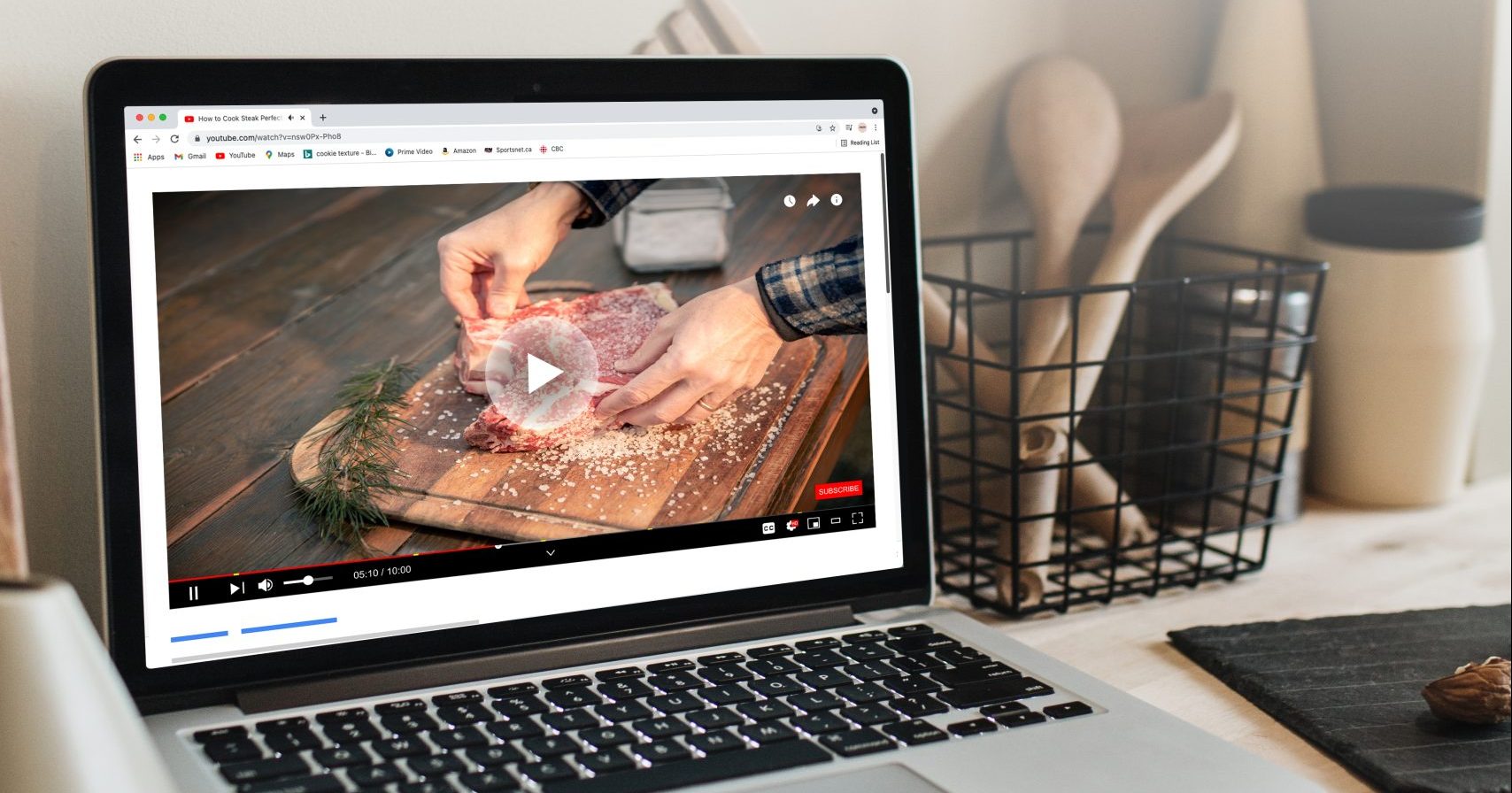AB Direct - Steers
Rail: 493.00-495.00 del
AB Direct - Heifers
Rail: 493.00-495.00 del
US Trade- Steers
Rail: 355.00 (IA, NE)
US Trade - Heifers
Rail: 355.00 (IA, NE)
Canadian Dollar
0.06

How beef industry representatives are connecting with consumers
As the distance between farm and fork continues to grow, the Canadian beef industry is working hard to close the knowledge gap and build trust with consumers.
Among those contributing to these efforts is the Public and Stakeholder Engagement (PSE) program, a program under the Canadian Cattle Association (CCA).
Funded by national checkoff dollars, the PSE program has a clear mandate — to address public concerns about beef production, and increase trust in how cattle are raised in Canada.
Jenna Sarich, Stakeholder Engagement Technical Consultant, CCA, explains in a recent episode of The Bovine podcast, that this involves a multi-faceted approach.
“We create a lot of different resources and projects that can be implemented to help increase public trust,” explains Sarich.
This includes everything from proactive documentary films, to issues management, where the PSE team facilitates responses to media articles with data-driven rebuttals. They also develop producer resources like fact sheets and flipbooks, and conduct regular consumer research to stay on top of evolving perceptions.
Learning from consumers
The latest consumer survey, conducted in July 2023, provides valuable insights. Sarich notes that 94 per cent of Canadians want to know more about where their food comes from — an indication that consumers are hungry for information.
“They’re really interested in it, but they sometimes have limited knowledge,” she says. “There’s so much information out there, it’s hard for people to know what to listen to.”
The survey also revealed that while Canadians love the taste, quality, and health benefits of beef, they are less confident when it comes to the industry’s environmental practices. Only about 50 per cent of respondents felt that beef farmers and ranchers were good stewards of the land and water, or making a sincere effort to limit their environmental impact.
“This is where the National Beef Sustainability Assessment really comes in,” says Sarich. “We’re able to have these really robust, published, scientifically backed numbers that we can implement into a lot of these resources to show, look, there’s this great environmental story of raising beef production in Canada.”
The latest sustainability assessment, published in the Canadian Journal of Animal Science, paints a compelling picture. It found that beef production in Canada utilizes 40 per cent of the country’s agricultural land, with 84 per cent of that being pasture. These grasslands are storing an astounding 1.9 billion tons of carbon — the equivalent of taking 2 billion passenger vehicles off the road for a year.
Getting this message out to consumers is no easy feat. Sarich acknowledges that there is a significant gap between what’s happening on the farm, and what people understand about modern beef production.
“A lot of people, if they’re not in rural areas, they’re just not exposed to it. In kids’ formative years, it’s really important to teach them from the start what goes into producing your food — the steak or burger that you see on your plate.”
To that end, the PSE program has developed a suite of short documentaries aimed at bridging that divide. Films like Guardians of the Grasslands, Too Close to Home, and Reduce, Reuse, Ruminate showcase the environmental benefits of cattle, as well as innovative projects like using grazing animals to create firebreaks around urban areas.
These documentaries are complemented by an interactive educational game, where players manage their own herd of cattle, collecting carbon points and wildlife species as they practice rotational grazing. Sarich says the game, which was a hit at this year’s Calgary Stampede, is a fun way to teach children about the important role beef cattle play in the ecosystem.
“If we can get it to as many people as we can, at all ages, it’ll make a really big difference,” she says.
The three pillars of sustainability
The work of the PSE program doesn’t stop there. Sarich and the team are also focused on tackling the other pillars of sustainability — the economic and social aspects.
On the economic front, the sustainability assessment looked at producer viability and consumer resilience and demand.
The researchers aimed to gauge the industry’s ability to maintain productivity in the face of major disturbances using four key indicators:
- long-term profitability,
- long-term per unit cost of production,
- domestic consumer demand, and
- international consumer demand.
“This is looking at things like shifts in consumer preferences, changes in market conditions, and just being able to adapt to these things as they come up,” she says.
The social assessment, meanwhile, took a deep dive into areas like labour management, human health and safety, animal care, and antimicrobial use. Sarich notes that while the beef industry, like many others, is facing a growing labour gap, there are policies and programs in place to help support affected stakeholders and mitigate some of the risks.
When it comes to human health and safety, Sarich says the industry is seeing increased awareness and preparation, with a greater focus on training and access to proper safety equipment. And in the realm of animal care, she notes that Canada has a high level of standards, but there’s always room for improvement in areas like increasing practice adoption and coordination across the supply chain.
Ultimately, Sarich stresses the importance of taking a holistic view when it comes to sustainability. By addressing economic, environmental, and social factors in a balanced way, the beef industry can not only build public trust, but also ensure its long-term viability.

